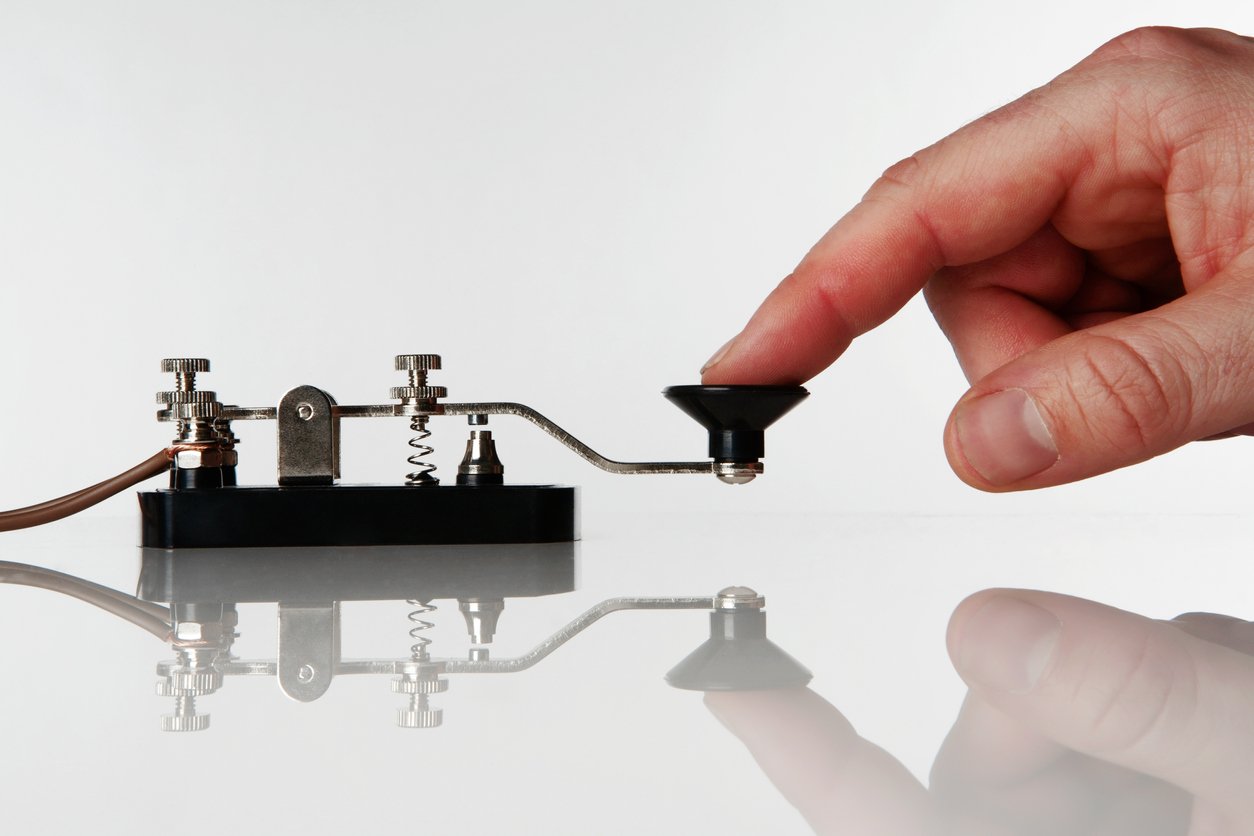At one time, Tesla reigned supreme as the undisputed leader in the electric vehicle (EV) space, establishing a new standard with stylish designs, innovative technology and lofty goals for sustainable energy. The Tesla Model Y Juniper is one of the models that has garnered worldwide attention due to innovation and a futuristic feel. However, the EV revolution is changing fast, and Tesla is no longer the only big fish in the pond. As the normalization of the business comes into play and competition heats up, so do production issues and changing consumer sentiment regarding Tesla’s perceived dominance.
In this article, I explain the drivers of Tesla’s downfall and what it means for the electric vehicle market going forward.
The Rise of Competitors
Tesla changed the world’s perception about EVs, demonstrating that they can be both powerful and cool, and that they could also be feasible for mass adoption. But the company’s early lead has eroded with the rise of rival upstarts, including BYD, Rivian and Lucid, whose vehicles are just as tantalizing choices.
- BYD, a major player in China, is now outpacing Tesla in the largest EV market globally. BYD’s extensive product range and cost-effective manufacturing have allowed it to seize market share rapidly. For example, BYD’s sales have climbed exponentially, surpassing Tesla’s deliveries in parts of Asia and Europe.
- Rivian has captivated the hearts and minds of adventure-inclined drivers hungry for EV trucks like the R1T, rhapsodizing luxury and utility in one. Analysts regard Rivian’s ability to attract an entirely new group as a serious threat.
- Lucid, on the other hand, plies the high-end EV market with its über-plush Air, a model with industry-leading battery range and performance numbers that challenge those of Tesla’s flagship cars. Lucid’s aggressive marketing and focus on craftsmanship have seduced high-end consumers.
Where Tesla once enjoyed little competition, these brands are emerging as powerful contenders, offering products that rival or even outperform Tesla in key areas like affordability, quality, and innovation.
Production and Supply Chain Issues
Supply chain disruptions have beset the automotive industry, but Tesla, once a model of operational efficiency, has been hit more visibly than some rivals. Analyst industry reports highlight the logistical bottlenecks that Tesla will have to work through to keep those production levels up.
Tesla’s Gigafactories, touted as a radical departure in manufacturing, have repeatedly been delayed. Aggressive plans to open in places like Berlin and Texas have been met with bureaucracy and technical delays, stranding Tesla with insufficient capacity to keep up with surging global demand. These delays and increasing costs of raw materials for batteries have dealt a blow to Tesla’s bottom line and its ability to continue convincingly posing as the front-runner.
Technological Innovation
Tesla’s status as an innovative leader is starting to come into question as rivals bridge the technology gap. Tesla was once the vanguard of those systems, but its lead is no longer exclusive.
- Battery Technology: Tesla’s battery technology remains strong, but rivals like BYD and Lucid have introduced competing battery architectures emphasizing cost reduction and extended range. BYD’s Blade Battery, for instance, has gained acclaim for its safety and efficiency.
- Autonomous Driving: Tesla’s Full Self-Driving (FSD) has been delayed multiple times, received flak from regulators, and been criticized for its spotty performance. Meanwhile, rival companies like Waymo and Cruise appear more interested in getting to full autonomy, even if it takes longer.
- Software: Tesla’s over-the-air updates and app integrations remain innovative, but other manufacturers are catching on. For instance, Rivian’s user interface and Lucid’s DreamDrive technology have drawn attention for their sophistication.
Despite Tesla’s early lead, it is now locked in a technological arms race where its advancements no longer feel revolutionary but simply incremental.
Consumer Perception and Brand Image
Tesla’s brand equity has undoubtedly suffered in recent years. Early adopters who once championed the company for its cutting-edge innovation and environmental ethos are increasingly skeptical.
- Declining Brand Loyalty
Surveys suggest that Tesla owners are less likely to be locked into the brand than just a few years ago. This change is due to the increasing disappointment with Tesla’s customer service, build quality, and feature overhyping (especially FSD).
- Negative Publicity
Stories of controversial social media conduct by its founder, Elon Musk, and a perceived lack of progress on specific key projects have soured the public on Tesla. One way to put it is: “But Tesla’s EXCELLENT tech bros!”Tesla continues to make great tech, but the company no longer commands the unassailable respect it once did.
- Changing Consumer Preferences
The market is now demanding products that are not only high performance but are also cost-effective, have varying designs and have excellent service. The high-priced, one-size-fits-all approach to sales that Tesla prefers is off-putting to many consumers, compared with the more options available from competitors.
One of the slightly bizarre customer claims facing Tesla recently is around the car’s link-up with iCloud systems. For many, such minor lines as syncing with iCloud paused continue to represent the persistent niggles of Tesla’s tech inconsistencies, even as other vehicle marques effortlessly integrate and launch with cutting-edge connectivity tools.
The Road Ahead
Competition in electric vehicles is not a winner-takes-all affair, and Tesla remains a force in shaping the industry’s future. However, the company has major questions to answer if it is to stand any chance. RuntimeException: An error occurred during generation. Please try again, and if the issue persists, please contact support.
One of the first things to work on would be Tesla’s production and supply chain efficiency. Though the company has made progress in ramping up production and cutting costs, it continues to have difficulties keeping pace with mounting demand for its vehicles. This results in delays in delivery times and unsatisfied customers, which impacts overall customer satisfaction.
Tesla’s success will also depend on its entering new markets quickly. Its firm stronghold on the market in North America and Europe has been in existence for quite some time, and it is making inroads into other locations such as Asia and South America. As those markets become more open to electric vehicles, Tesla will have to negotiate cultural norms and red tape to assert its authority.











